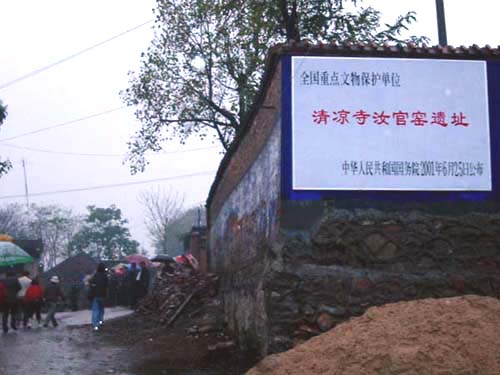
Qingliangsi Kiln site |
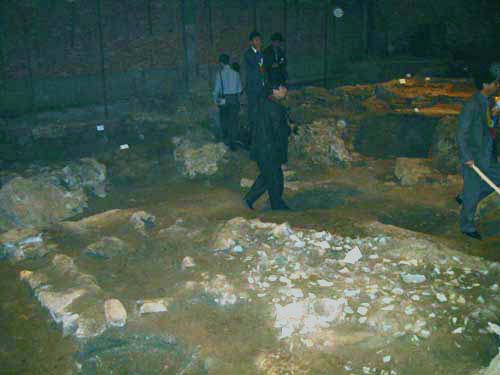
Sherds at the Kiln site |
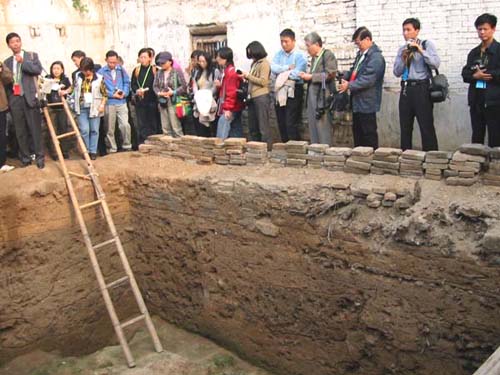
Zhanggong lane |
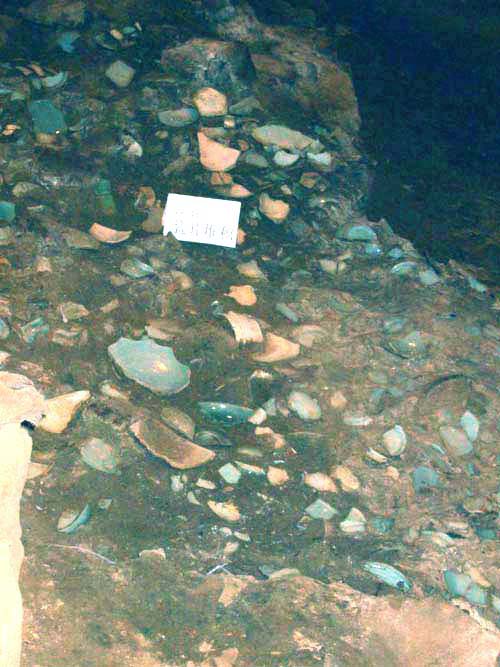 |
In Oct 01 2001, I attended an International Seminar on the celebrated Ru ware in Ruzhou in Henan and visited the Qingliangsi kiln site at Baofeng County.

Qingliangsi Kiln site |

Sherds at the Kiln site |

Zhanggong lane |
 |
Ru, Guan, Ge and Ding are the five famous kilns of the Song Dynasty. Of the five, Ru is the most famous, rare and widely recognised as the best. The discovery of the elusive Ru kiln at Qingliangsi at Baofeng County in Henan in 1987 was a very important event in the Chinese Ceramics history. Since then, the ceramics researchers of Henan have carried out further excavation. The sixth excavation in 2000 uncovered 15 kiln furnaces, two workshops and large quantities of Ru ware, specimen and kiln furnitures. Finally, the centre of production of the Imperial Ru ware was found.
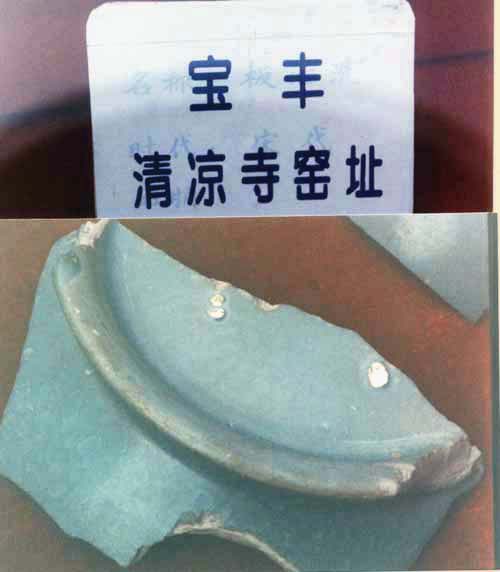
Ru Sherd |
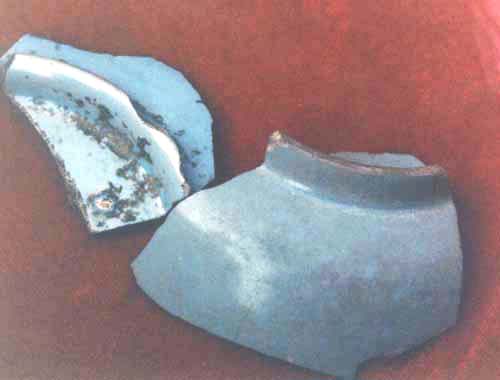
Ru Sherds |
||
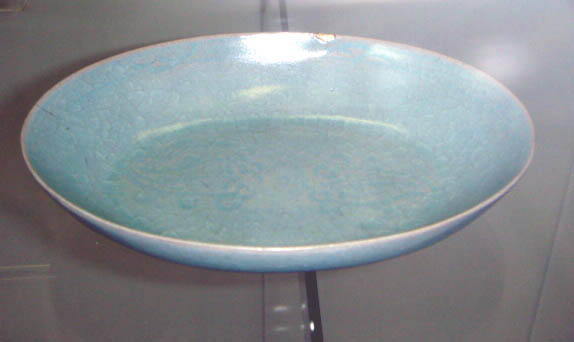 |
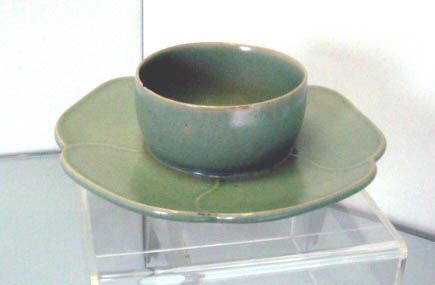 |
||
|
Ru dish in David Percival Foundation |
Ru vessel in David Percival Foundation |
During the Seminar, ceramics researchers from Henan shared with the participants the findings of the excavations. There were also discussions on whether Ru ware at Qingliangsi should be classified as tribute ware ie ware made by folk kilns for the Imperial Palace or actual Guan (Imperial) ware made at kiln established and managed by the Court. According to Zhou Hui of Southern Song, he wrote in his Qingbo Zazhi that "Ru ware was fired for the Imperial Court. Only those rejected by the Court were allowed to be sold outside". Based on the finds at the Qingliangsi site, besides typical sky blue glazed Imperial wares, there were also those decorated with curved/incised and molded motif and usually covered with pea green glaze. The latter were not found in the Palace collection and most likely made to cater to demands from the common folk. Hence, most experts held the view that the Qingliangsi Ru products for the Court were tribute ware. The commencement date and duration of production of Ru ware was also discussed. It was generally believed and deducted to be between 1087 and 1125 (during the reign of emperor Zhezhong and Huizhong). The scientific aspects of Ru wares were also explored, with discussions focusing on the composition of Ru glaze and body and the explanations for its varying glaze colour tone and the cause of the crackles on the glaze.
In the past, ceramics researchers had concentrated their search for Ru Kiln in Linru County (present day Ruzhou). It would appear they were on the wrong track with the discovery of the Qingliangsi site in Baofeng County. But now there was an ironical twist in the search for Ru kiln. In 1999/2000, two sites which produced Ru type wares were discovered at Zhanggongxiang and Wenmiao in Ruzhou. Despite the many similarities, there were also discernable differences. The body is whiter and the glaze is more transparent. For those which are fully glazed, the spur mark is millet-shaped instead of the typical sesame-shaped. There are speculations that it may be the site of Northern Song Guan ware. However, it is still too early to drawn any conclusion as so far the scale of the excavation is too small to unveiled the full nature of the kiln site and its products.
|
|
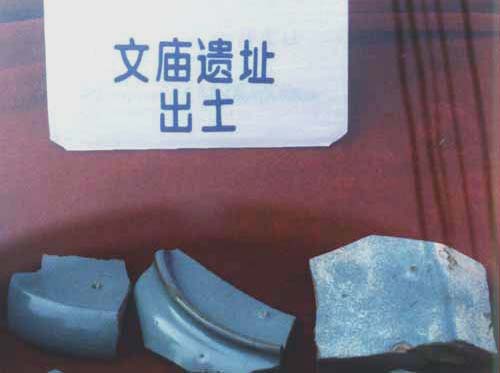 |
| Ru Sherds found at Zhanggongxiang |
Ru Sherds found at Wenmiao |
 |
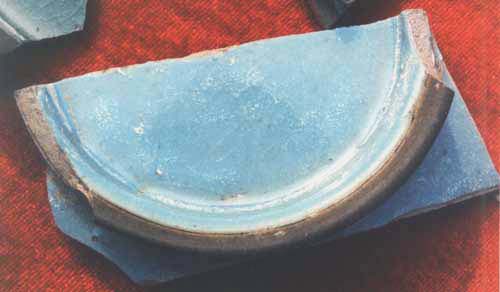 |
|
Zhanggongxiang site |
Ru Sherds found at Zhanggongxiang |
To find out more on Ru and other Song Guan wares, please read this article enitled: Song Guan Wares
Written by: N K Koh (16 Jan 02)